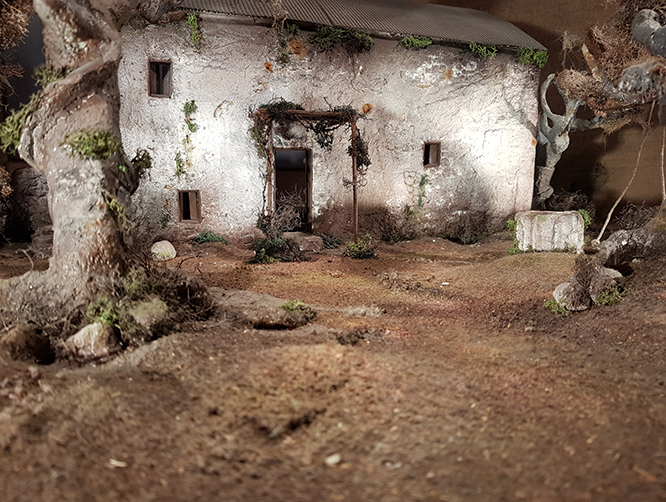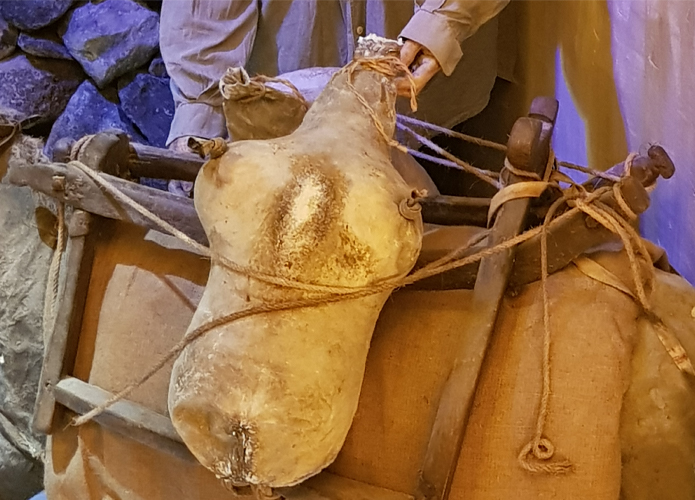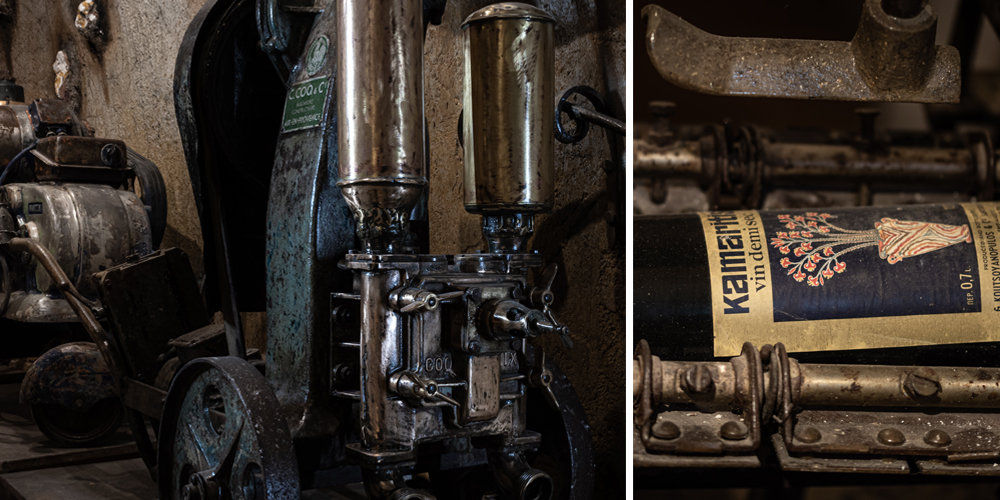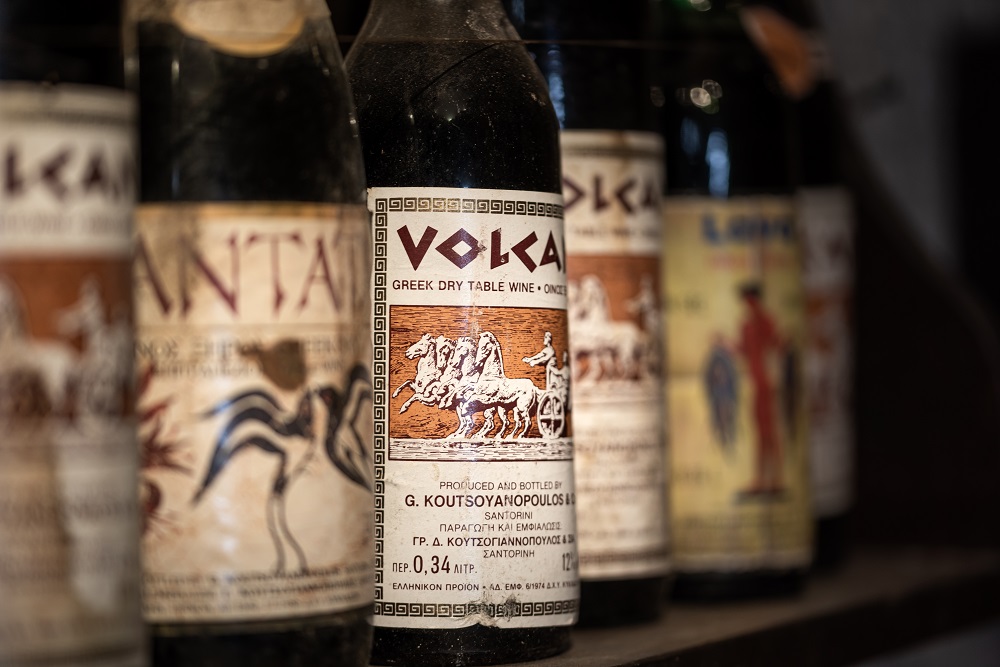
Koutsogiannopoulos Winery
Santorini caldera Vothonas Thira
In 1870 the brothers Grigorios and Dimitrios Koutsoyannopoulos, originating from Katavothra Molaon of the Laconia Prefecture (Peloponnese), arrived in Santorini by sailboat.

The sailboat was heading to the island of Syros which was a prospering commercial centre at that time. Instead of reaching Syros, the brothers disembarked on the island of Santorini due to strong west winds. Maritime trade was flourishing in Santorini; firstly, because there were many safe bays for sailboats around the volcano, and secondly and most importantly, because it was a transit route on the way to Crete and Egypt. Later on, wine trade relations were developed with Egypt.
From their very first contacts with the island, the young Koutsoyannopoulos brothers realised that Santorini presented great commercial interest which they decided to exploit, and started trading olive-oil that they transferred in wineskins from their home town. Their sharpness and hard work enabled them to develop, acquire real estate and sailboats and establish considerable financial standing within two decades, which was considered a remarkable achievement by the society of Santorini.

The Russians showed a preference for the dry wine of Santorini due to its high alcohol levels (17 – 18% alc), as well as for Vinsanto that was used at Holy Communion. The wine was poured from wineskins (mainly made from goatskin) into barrels, and then the barrels were transported by sailboats. The Russian Revolution of 1917 marks the end of these exports, but new markets open up in West Europe, France and Italy. The popularity of Santorini wine confirms it as a truly high-quality wine.
Before acquiring the first bottling equipment in the winery, wine was sold loose by the seki (1 seki = 10 litres) and only to a few customers in Santorini, given that each family produced its own wine.

In 1967 the power station started operating in Santorini.
In 1970 we acquired the first electric machinery that helped to improve the winemaking process and the quality of Santorini wine.
Thus, in 1970 we gradually began bottling with the first semi-automatic winemaking and bottling equipment. Our first labels were VOLCAN and LAVA. This innovation was not received wholeheartedly by the public. They continued to trust loose wine that was produced in their own cellars and were suspicious of the quality of bottled wine, because they believed that it contained 'chemicals'.

Today the winery continues to produce high-quality wine under the supervision, care and passion of fourth-generation owner, Giorgos Koutsoyannopoulos. Modern equipment made of stainless steel has replaced the wooden machinery and tools.
Equipped with state of the art technologies and with extensive experience in the vineyards of Santorini and the local grape varieties, we produce high-quality wine. We put forth our best effort to maintain and improve the quality of our wines and the aesthetic appearance of the bottles and labels to ensure the very best quality.
However, there is much more to the winery than this. It is also a cultural pioneer. By founding the Wine Museum on the same land as the winery, we wish to preserve our cultural heritage for the present and future generations. The Wine Museum is a glorious natural cave eight meters below ground, 300 meters long and has a labyrinth-like shape. The Wine Museum presents the history of vine-growing in Santorini. The visitors can learn about the life of vine-growers in Santorini from 1660 to 1970 through a range of exhibits.